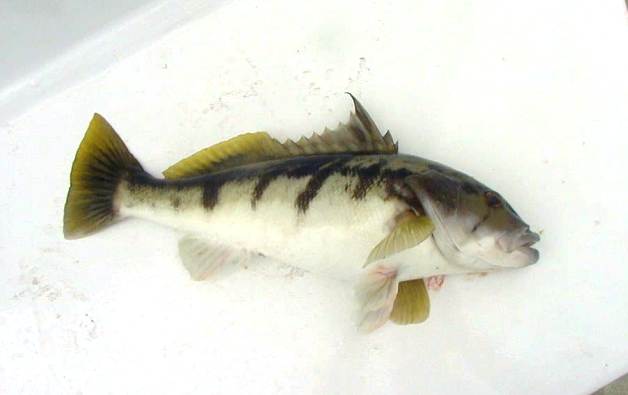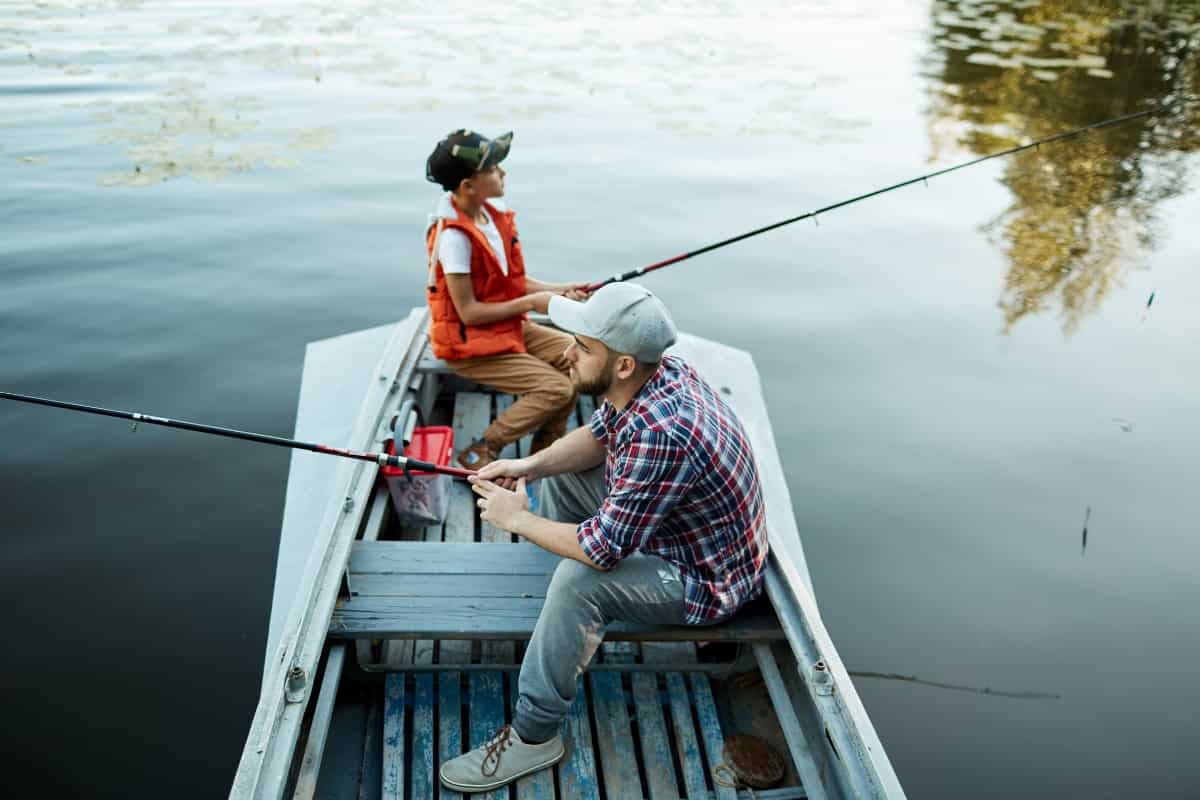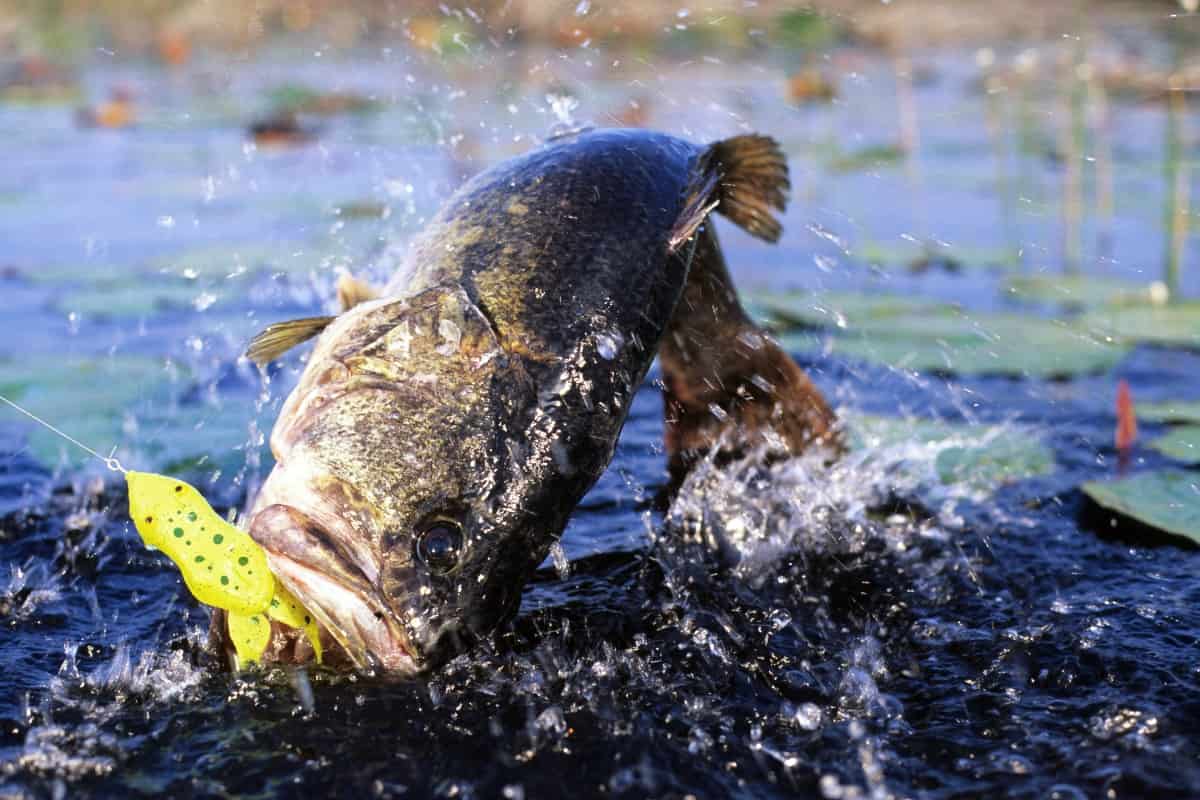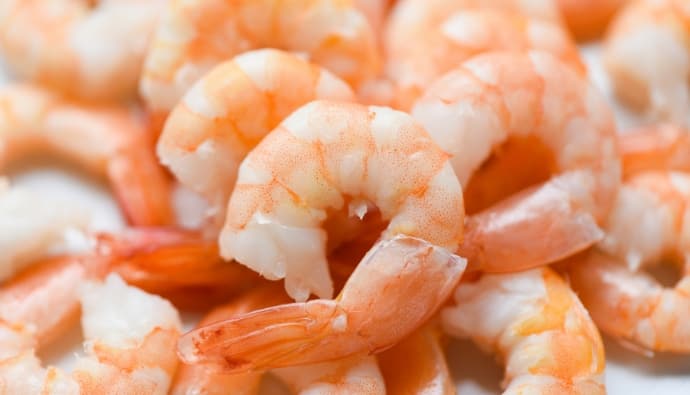Let’s learn how to catch barred sand bass! Barred sand bass will hover over flat, sandy-bottomed during the spawning season. The Paralabrax nebulifer species are a staple game fish of the local sportfishing fleet of southern California.
If you are bass fishing in San Onofre, Huntington flats, or San Diego, you will encounter barred sand bass, as they are common in this water column.

Barred Sand Bass Rig Guide
Barred Sand Bass Rods
Bass fishing rods should be slightly stiff to pry the bass out of the weeds or a structure. If you want to fish for sand bass in southern California, extensive gear is not required.
One of the best things about sand bass is that it is available to almost everyone, regardless of whatever gear you employ.
You can enjoy and catch sand bass and other gamefish with a six-and-a-half-foot graphite-composite rod. It makes for an all-around stick best for inshore fishing. Look for one in the 12-30 pound line range.
Additionally, fishing with a seven-foot fiberglass rod will be better if you use anchovies to lobby sand bass. The fiberglass rods are slower and whippier. Hence, they are unsuitable for fishing with brown baits as you would need a shorter stick with them.
Barred Sand Bass Reels
These fish don’t require any particular reel. Many guys out here in SoCal will use a low-profile baitcaster, but if you prefer a spinning reel, then by all means, go ahead and use it. For a spinning feel, something in the 3000-4000 would be more than enough.
Just make sure you pick up some of the best fishing line for spinning reels, like an excellent braid backing and your choice of top shot. If you’re using a graphite rod and braid, try a mono top shot to give yourself a little stretch to prevent missed hookups.
Baits and Lures
Hooking a big sand bass is a must before landing it. Brown baits and live squid, if you can get a hold of them, offer the best chance for the “hook up.” Brown baits are near the mouths of bays and harbors, around rocky points, in kelp beds or their shoreside, and in areas with food and shelter for small fish.
Sometimes a bait boat may have a mixture of three baits (queenfish, croaker, and anchovy). Some of the best barred sand bass lures are plastic lures. They can be used in fishing for sand bass, depending on the water and other fishing conditions.
How To Catch Barred Sand Bass
Light freshwater-class bait-casting tackle is ideal for maximizing the sport. The light tackle makes catching a sand bass entertaining for anglers and children in Southern California.
In catching a fish, including the sand bass, offering them a delectable meal that they can’t say no to can encourage them to bite. Putting up believable leverage for the fish will make it look more desirable.
For example, using an excellent, fat, brown bait that struggles to escape entices the sand bass, making it think of the bait as an easy meal. You can make a brown bait look like it is trying to escape by running its line through an “egg” or slip-sinker.
The sand bass will bite and swallow the bait. You can let him run for several yards for several seconds to offer the fish enough time to involve itself with entirely swallowing the bait.
This time, you should wait for the line to go tight before setting the hook with all the force you have on your wrist.
Best Time to Fish for Barred Sand Bass
Sand bass is available all year round, but these species spawn during summer and their spawning season peaks in July. During this time, you will most likely find these fish hovering in massive groups along San Diego bay, San Onofre, or Huntington flats.
Fishing may be slow for more extended periods. But it can abruptly erupt in a frenzy as it is not uncommon for sand bass to begin feeding suddenly. The best fishing time for these species is when the sun sets, as dawn can be an excellent time for them to start biting in earnest.
Frequently Asked Question
Luring a sand bass can be tricky. It will depend on factors like the time of the day you are fishing, water temperature, and other water conditions. There are many good lures for fishing this type of bass in different situations. For example, using plastic grubs in low light and cold water conditions proves helpful. You can also use soft plastic know-tails in colder water, but be careful not to retrieve them too quickly. You can use shiny sinker dropper rigs if the condition is hot and heavy.
The fact about sand bass is that they are slender with pointy heads. Their color ranges from dark grey to greenish with dusky bars on the side, hence their name, Barred sand bass. Their dorsal fin has a high, flag-like third spine, which helps you distinguish them from other related species. They have white bellies and freckled snouts. The smaller fish of this species are usually brighter than the faded-out colors of the larger ones.
Insider Advice
If you are fishing the southern California waters from some sand bass, they are accessible year-round. These fish species are relatively easy to catch, but you should not take them for granted.
There will be times when sand bass will become highly selective feeders. It helps you catch them if you experiment with fin bait, lures, fishing techniques, and strategies.




 Facebook
Facebook YouTube
YouTube









